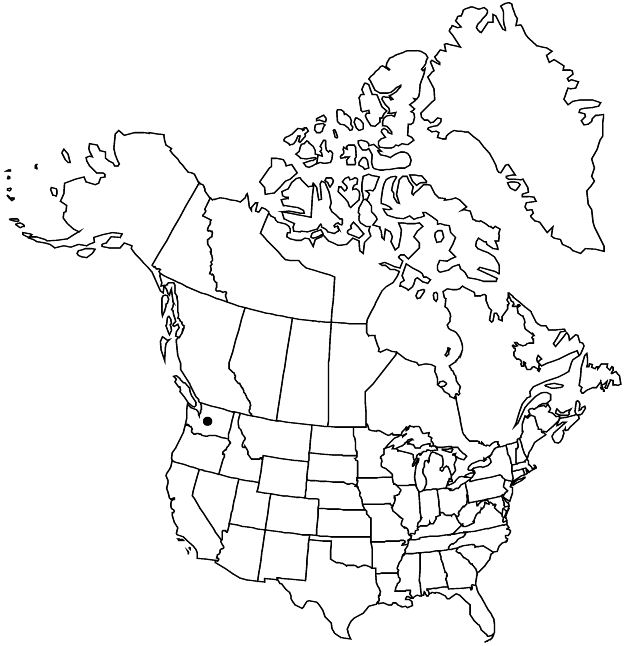Crataegus laevigata
in A. P. de Candolle and A. L. P. P. de Candolle, Prodr. 2: 630. 1825.
Shrubs or trees, 80 dm. Stems: twigs: new growth sparsely villous or glabrous; thorns on twigs few to numerous, determinate or indeterminate, stout, 1 cm. Leaves: petiole slender, 0.8–2 cm, glabrous, eglandular; blade broadly elliptic to obovate, 1.4–5.8 cm, base cuneate, lobes 1 or 2 per side, sinuses ± shallow, lobe apex obtuse, margins serrate except proximally, veins 3–7 per side, apex obtuse, abaxial surface pale green, ± pilose along veins and in axils, adaxial ± lustrous dark green, pilose on veins. Inflorescences 3–11-flowered, lax; branches glabrous; bracteole margins irregularly denticulate, bearing few to numerous glands. Flowers 12–22 mm diam.; hypanthium glabrous [to lanate]; sepals 1.5–2.5 mm, margins entire, apex acute; stamens 20, anthers purple; styles 2 or 3. Pomes bright red, orbicular or ± cylindric, 6–14 mm diam.; sepals recurved or spreading; pyrenes 2 or 3.2n = 34.
Phenology: Flowering Apr–May; fruiting Sep–Oct.
Habitat: Woodlands, scrub, hedges
Elevation: 10–50 m
Distribution

Introduced; Wash., Europe
Discussion
In the flora area, Crataegus laevigata is known only from the San Juan Islands; alleged wild records from elsewhere in North America proved to be misidentifications. The species is widespread in central Europe and scarce beyond that. Woodland hawthorn is more shade-tolerant than many other species, hence the common name.
Crataegus laevigata has more shallowly incised leaves and more obtuse lobes than other species in ser. Crataegus.
Pink- or red-petaled cultivated forms attributed to Crataegus laevigata are important ornamentals; they are usually cultivars of C. ×media Bechstein. Similar colored cultivars of true C. laevigata are scarce in North America.
Selected References
None.
Lower Taxa
"thin" is not a number."adnate" is not a number."dm" is not declared as a valid unit of measurement for this property.